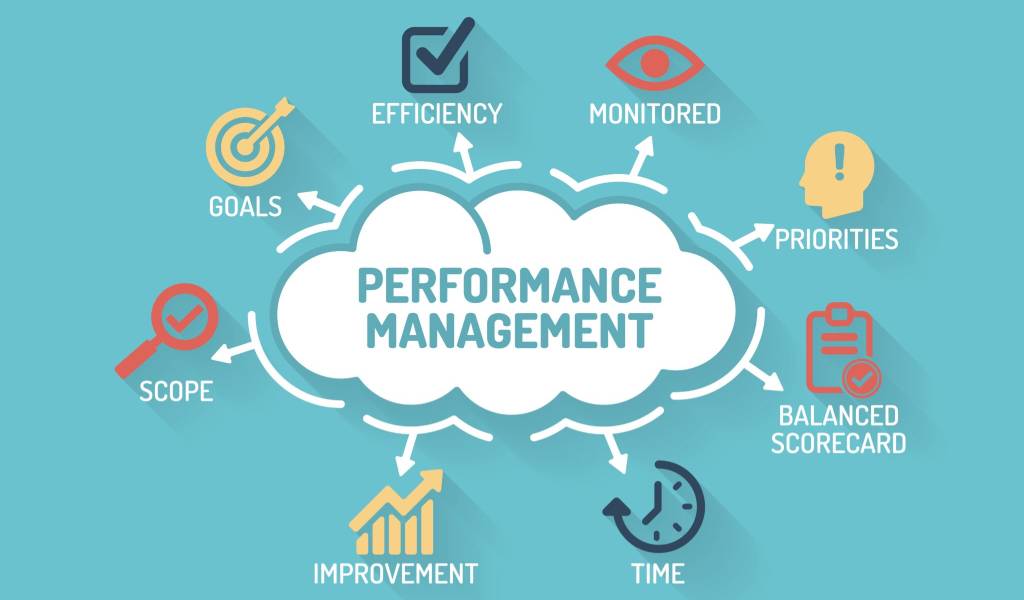Employees nowadays are more self-aware, seeking methods to enhance their abilities in real-time.
Companies must take a more hands-on approach to provide frequent constructive feedback to workers to achieve this.
Performance appraisal methods may be employed to give a more authentic and impartial approach to performance evaluation.
This article aims at discussing the best modern performance and appraisal methods.
Here is a list of effective performance appraisal methods to motivate employees:
1. Key Results and Objectives (OKR)
Managers and staff work together to develop, plan, organize, and communicate goals in this strategy.
The technique is used to verify goals for a specific evaluation period. They next devise a strategy for the employee to achieve those objectives.
This strategy is successful because it does not rely only on the management to give out the criteria by which the employee is evaluated.
Instead, both management and employees may express their views and opinions in a collaborative endeavour. The employee does not feel as scrutinized since the evaluation is more of a collaborative effort.
2. Psychological Appraisals
Psychological evaluations are useful in determining an employee’s latent potential. Instead of searching for employees’ prior work, the performance management software becomes effective for their future.
Several skills and other relevant talents are used in these performance appraisal techniques to examine important components of an employee’s performance.
3. 360 Degree Feedback
360-degree feedback is a method of collecting and analyzing performance data from all of an employee’s colleagues, supervisors, and even customers.
When data is gathered from various sources, the possibility of a manager’s discrimination influencing the evaluation is reduced.
It also provides a better view of the employee’s job competency.
3. Behaviorally Anchored Rating Scale (BARS)
Behaviorally anchored rating scales (BARS) bring forth both qualitative and quantitative advantages in a performance evaluation process.
Employee online performance management is compared to particular behavioural examples connected to numerical evaluations in BARS.
These statements serve as a yardstick for comparing an individual’s performance to preset criteria relevant to their function and degree of employment.
4. Peer Review
Peer evaluations feature input from the employee’s peers, while 360-degree reviews incorporate feedback from employees and management at all levels.
Employees are graded on how well their peers think of their cooperation, teamwork, and other abilities.
This information is useful not just for the employee but also for forming teams and filling leadership positions.
Overall, managers should choose how often they want to complete them since this will aid in determining which strategy to use.
For example, if you want to do them once a month or regularly, you may choose performance management software. In-depth evaluations would be more sensible for a once-a-year review.
Choose the approach you want to utilize and start implementing it right away.
A forward-thinking approach to your performance management system and evaluation may help create a proactive working environment.
Employees will be happier with their job if you use a more realistic and human approach to evaluating their performance. Employees who are satisfied work to their full potential and contribute to their success.




